
What are hammertoes?
Hammertoes are the often painful deformities on toes that occur when your toe bends or curls instead of pointing forward and so it rubs against your shoes. You may not realize it, but there are different types of hammertoes. A hammertoe is really just a bent toe. This sounds simple enough, but there is a more to it than this.
There are two types of hammertoes:
- If the toe flexes downward only at the very end joint (the joint closest to the toenail) it is called a mallet toe. In a mallet toe, the toe overall is straight. But, the joint closest to the toenail flexes downward causing you to walk on the tip of the toe. This becomes uncomfortable because each toe has a fat pad on the bottom. The toe rests on the fat pad, sort of like the rear end you’re sitting on as you read this. When the toe bends down too much, the tip of the toe is pressed upon, where there is no padding, just skin and bone. This type of hammertoe is the rarest, though it is just as correctable.
- If it flexes at both joints in the toe it is called a claw toe. When a claw toe rubs against the shoe, a corn forms on the top of the toe, which often becomes painful.
What causes a hammertoe?
Hammertoes can occur when a toe crowds its neighbor. When you think of a hammertoe, you may envision a toe that is bent and sticks up rubbing against the shoe. However, in many situations, the toe may be deviated towards its neighboring toe. Typically, any of the smaller toes are more likely to drift towards the big toe rather than away from it. When this occurs, frequently not only is the toe hammered, but it is also angulated towards the neighboring toe. One toe rubbing against its neighbor may cause all kinds of problems, such as a blister, open sore, or corns between toes rather than just on the tops of them.
The fifth toe likes to cause problems:
Though all toes can become a hammertoe, the fifth toe is most common. This may be the smallest toe, but it causes the most frequent problems. It can have a hammertoe, with a downward flexion in the joints. But, it can also be twisted so that it rubs against the next toe. This may lead to a corn or sore area on that side of the toe, giving toe number four a sore also. Or, the pain can be on the outside where the knuckle may rub against the shoe. In these situations, with toe number five, surgery is the most common treatment to correct the problem.
So, now you are armed with knowledge about all the different “ins and outs” of hammertoes. What can you do to help prevent and treat them? Stay tuned for part two of this post to find out!
If you have a hammertoe and would like to make an appointment, click here.

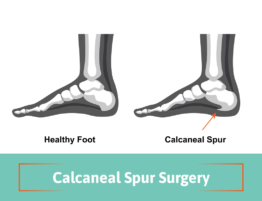
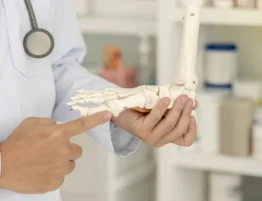
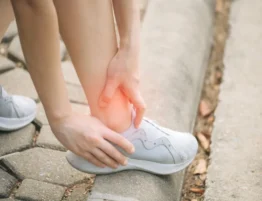
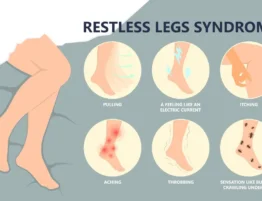
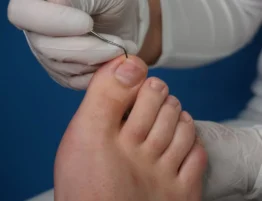
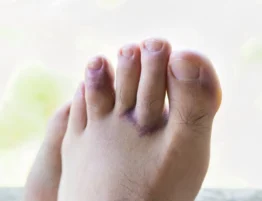
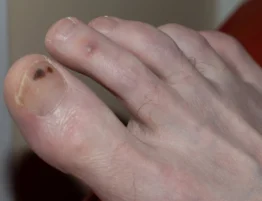

Write a comment: